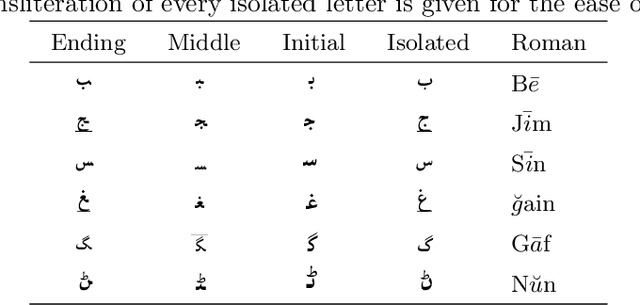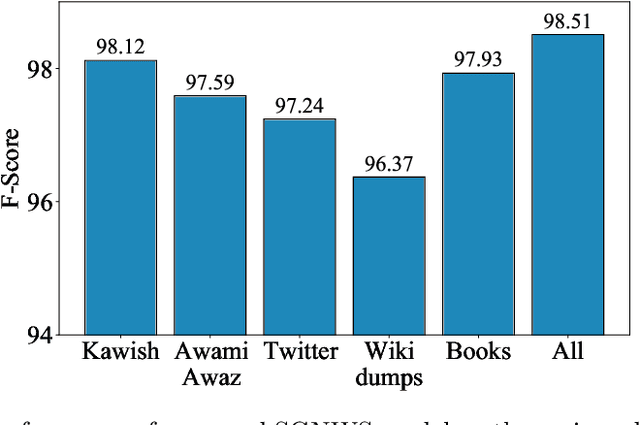Congjian Luo
Improving Logical-Level Natural Language Generation with Topic-Conditioned Data Augmentation and Logical Form Generation
Dec 12, 2021



Abstract:Logical Natural Language Generation, i.e., generating textual descriptions that can be logically entailed by a structured table, has been a challenge due to the low fidelity of the generation. \citet{chen2020logic2text} have addressed this problem by annotating interim logical programs to control the generation contents and semantics, and presented the task of table-aware logical form to text (Logic2text) generation. However, although table instances are abundant in the real world, logical forms paired with textual descriptions require costly human annotation work, which limits the performance of neural models. To mitigate this, we propose topic-conditioned data augmentation (TopicDA), which utilizes GPT-2 to generate unpaired logical forms and textual descriptions directly from tables. We further introduce logical form generation (LG), a dual task of Logic2text that requires generating a valid logical form based on a text description of a table. We also propose a semi-supervised learning approach to jointly train a Logic2text and an LG model with both labeled and augmented data. The two models benefit from each other by providing extra supervision signals through back-translation. Experimental results on the Logic2text dataset and the LG task demonstrate that our approach can effectively utilize the augmented data and outperform supervised baselines by a substantial margin.
A Subword Guided Neural Word Segmentation Model for Sindhi
Dec 30, 2020



Abstract:Deep neural networks employ multiple processing layers for learning text representations to alleviate the burden of manual feature engineering in Natural Language Processing (NLP). Such text representations are widely used to extract features from unlabeled data. The word segmentation is a fundamental and inevitable prerequisite for many languages. Sindhi is an under-resourced language, whose segmentation is challenging as it exhibits space omission, space insertion issues, and lacks the labeled corpus for segmentation. In this paper, we investigate supervised Sindhi Word Segmentation (SWS) using unlabeled data with a Subword Guided Neural Word Segmenter (SGNWS) for Sindhi. In order to learn text representations, we incorporate subword representations to recurrent neural architecture to capture word information at morphemic-level, which takes advantage of Bidirectional Long-Short Term Memory (BiLSTM), self-attention mechanism, and Conditional Random Field (CRF). Our proposed SGNWS model achieves an F1 value of 98.51% without relying on feature engineering. The empirical results demonstrate the benefits of the proposed model over the existing Sindhi word segmenters.
 Add to Chrome
Add to Chrome Add to Firefox
Add to Firefox Add to Edge
Add to Edge